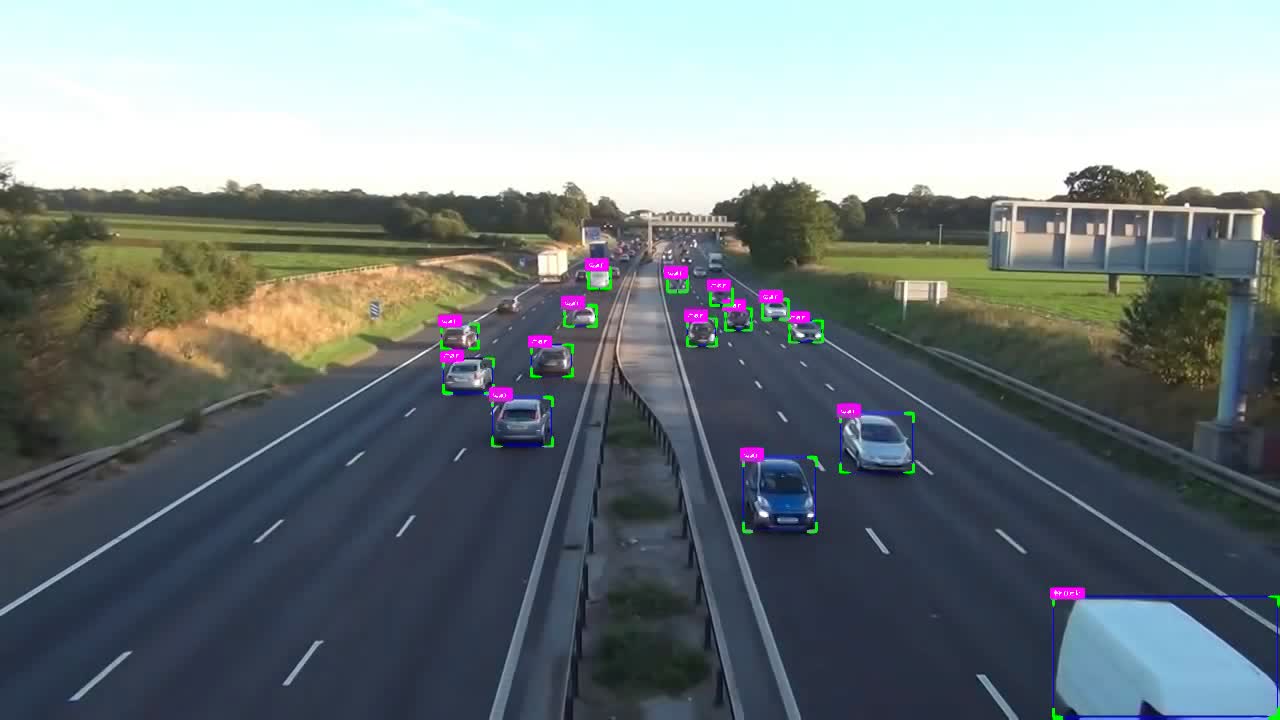
Introduction
Object detection is a crucial task in computer vision that involves identifying and localizing objects within an image or video. One popular and powerful approach for object detection is the You Only Look Once (YOLO) algorithm, which offers real-time and efficient detection capabilities.
YOLO is an object detection framework that uses deep learning techniques to achieve high accuracy and speed. It differs from traditional object detection methods by treating the task as a single regression problem, where it directly predicts the bounding boxes and class probabilities of multiple objects in a given image.
The YOLO algorithm divides the input image into a grid, and each grid cell predicts a fixed number of bounding boxes along with corresponding class probabilities. These bounding boxes are adjusted based on predefined anchor boxes, which capture various object shapes and sizes.
The YOLO network architecture typically consists of convolutional layers followed by fully connected layers. The convolutional layers extract meaningful features from the input image, which are then used to predict the bounding boxes and class probabilities. YOLO is trained using a large dataset with labeled bounding boxes and class labels, employing techniques like backpropagation and gradient descent to optimize its performance.
YOLO offers several advantages over traditional object detection approaches. Firstly, it achieves remarkable speed, making it suitable for real-time applications such as video surveillance, autonomous driving, and robotics. Additionally, YOLO has the ability to detect multiple objects in a single pass, eliminating the need for a separate region proposal step.
There are various implementations of the YOLO algorithm, including different versions such as YOLOv1, YOLOv2, YOLOv3, and YOLOv4, each with its own enhancements and improvements. These implementations are often available as libraries or frameworks that provide pre-trained models, making it easier for developers to apply object detection using YOLO in their projects.
In summary, YOLO is a popular object detection algorithm that achieves real-time performance and high accuracy. Its unique approach of treating object detection as a regression problem has revolutionized the field, making it a widely adopted solution for a range of computer vision applications.
Objective: The objective of this project is to develop a system that can detect vehicles in a video using the YOLOv8 object detection algorithm. The project aims to accomplish the following tasks:
Step 1: Detecting all kinds of vehicles in the video
Step 2: Separate detection between cars and trucks
Step 3: Counting the number of cars and trucks in the video on two different roads
Step 1
To begin, you will need to implement the YOLOv8 algorithm for object detection. YOLOv8 (You Only Look Once version 8) is a state-of-the-art real-time object detection algorithm known for its speed and accuracy. You can either train your own YOLOv8 model on a dataset of vehicle images or use a pre-trained model available in popular deep learning frameworks such as TensorFlow or PyTorch.
Once you have the YOLOv8 model ready, you need to preprocess the video frames to prepare them for detection. This typically involves resizing the frames to the input size required by the YOLOv8 model and normalizing the pixel values.
Next, you apply the trained YOLOv8 model to each video frame to identify and localize vehicles. The model will output bounding boxes that represent the detected vehicles' positions and sizes in the frame. These bounding boxes can be visualized by drawing rectangles around the detected vehicles.
ٍStep2
After obtaining the initial vehicle detections, you can utilize the YOLOv8 model's classification capabilities to distinguish between cars and trucks. The YOLOv8 model can not only detect objects but also classify them into different categories. By leveraging the model's classification output, you can determine whether a detected vehicle is a car or a truck.
Based on the classification results, you can update the bounding boxes or add labels to indicate the type of vehicle detected. For example, you can draw different colored bounding boxes or add text labels such as "car" or "truck" to each detection.
Step3
Counting the number of cars and trucks in the video on two different roads: To count the number of cars and trucks separately, you need to analyze the detected vehicle data. Start by keeping track of each detected vehicle across frames to ensure accurate counting. This can be achieved by associating a unique identifier with each vehicle detection and updating its position as the video progresses.
Differentiating between two different roads in the video can be done using various techniques. One approach is to define regions of interest (ROIs) corresponding to each road. These ROIs can be predefined based on the video's layout or manually selected. By comparing the position of each detected vehicle with the ROIs, you can determine which road it belongs to.
Finally, count the vehicles on each road separately by tallying the number of cars and trucks detected within their respective ROIs. Maintain separate counters for cars and trucks, incrementing them whenever a new vehicle of the corresponding type is detected within the designated region.
At the end of the video, provide the final counts of cars and trucks for each road, allowing you to analyze the traffic flow on the different roads captured in the video.
Remember to handle various challenges such as occlusions, varying lighting conditions, and complex traffic scenarios to ensure the robustness and accuracy of your vehicle detection and counting system.
By following these detailed steps, you can develop a comprehensive project that effectively detects vehicles in a video using YOLOv8, distinguishes between cars and trucks, and accurately counts the vehicles on two different roads.

